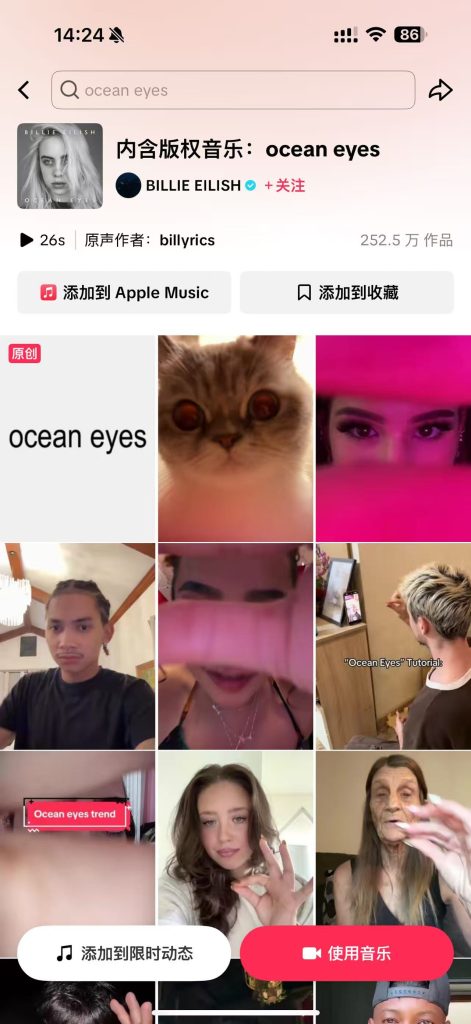The idea of the Culture Industry was first introduced by Theodor Adorno and Max Horkheimer in 1944. They believed that popular culture, such as movies, music, and television, had become industrialized — produced like products in a factory. Instead of encouraging people to think, the culture industry makes audiences consume similar, repetitive content for entertainment and profit (Adorno & Horkheimer, 1944).
When I think about today’s media environment, I feel that this theory is still very true. For example, on TikTok (Douyin in China), many short videos follow the same format — the same background music, filters, and trends. Even though users feel like they have many choices, most of the content looks similar. This reminds me of what Adorno said: culture becomes “standardized” so that people keep watching without thinking too deeply.

However, there are also some differences today. In China, platforms like Bilibili or WeChat Channels allow ordinary users to create and share their own content. Some young creators make videos that discuss social issues, daily life, or even traditional Chinese culture. I think this shows that the “culture industry” is not completely one-way anymore — people can still find creative spaces inside it. But at the same time, even independent creators depend on algorithms and traffic; once a video becomes popular, it is quickly commercialized by brands.
In my view, the culture industry has not disappeared — it has just changed its form. Now, instead of selling physical cultural products like films or music albums, digital platforms are selling our attention and time. Whether in China or the West, culture has become part of a larger system that connects entertainment, advertising, and data. It’s important for us, as audiences, to enjoy popular culture but also stay aware of how it influences our thoughts and habits.
References
• Adorno, T. W., & Horkheimer, M. (1944). Dialectic of Enlightenment. New York: Herder and Herder.
• Hesmondhalgh, D. (2013). The Cultural Industries (3rd ed.). London: SAGE Publications.
• Keane, M. (2016). Creative Industries in China: Art, Design and Media. Cambridge: Polity Press.


This blog offers a thoughtful and balanced reflection on Adorno and Horkheimer’s idea of the culture industry in today’s media landscape. I appreciate how the writer connects the theory to modern platforms like TikTok and Bilibili, showing how mass-produced entertainment still dominates but also how users now have more creative agency. The observation that “attention and time” have become the new cultural products is particularly insightful and relevant. It captures how digital capitalism reshapes culture through algorithms and commercialization. To strengthen the argument, the post could include more concrete examples or data, but overall it’s a clear, sincere, and well-reasoned analysis of how the culture industry continues to evolve in the digital age.